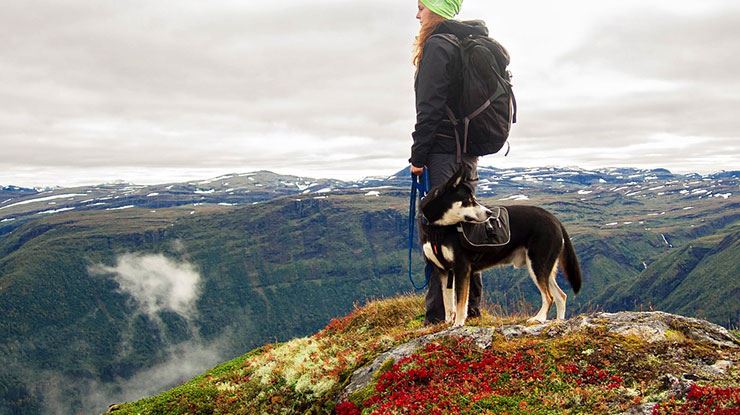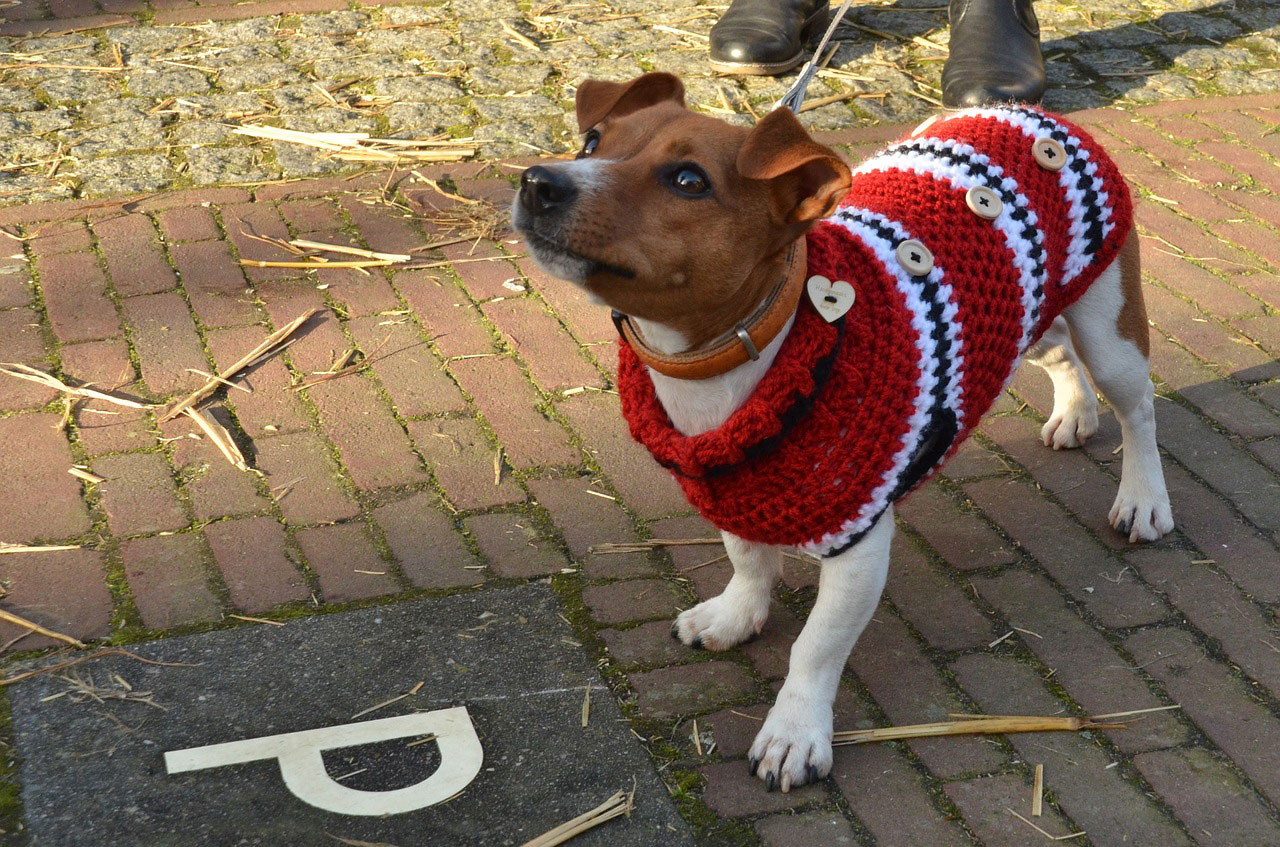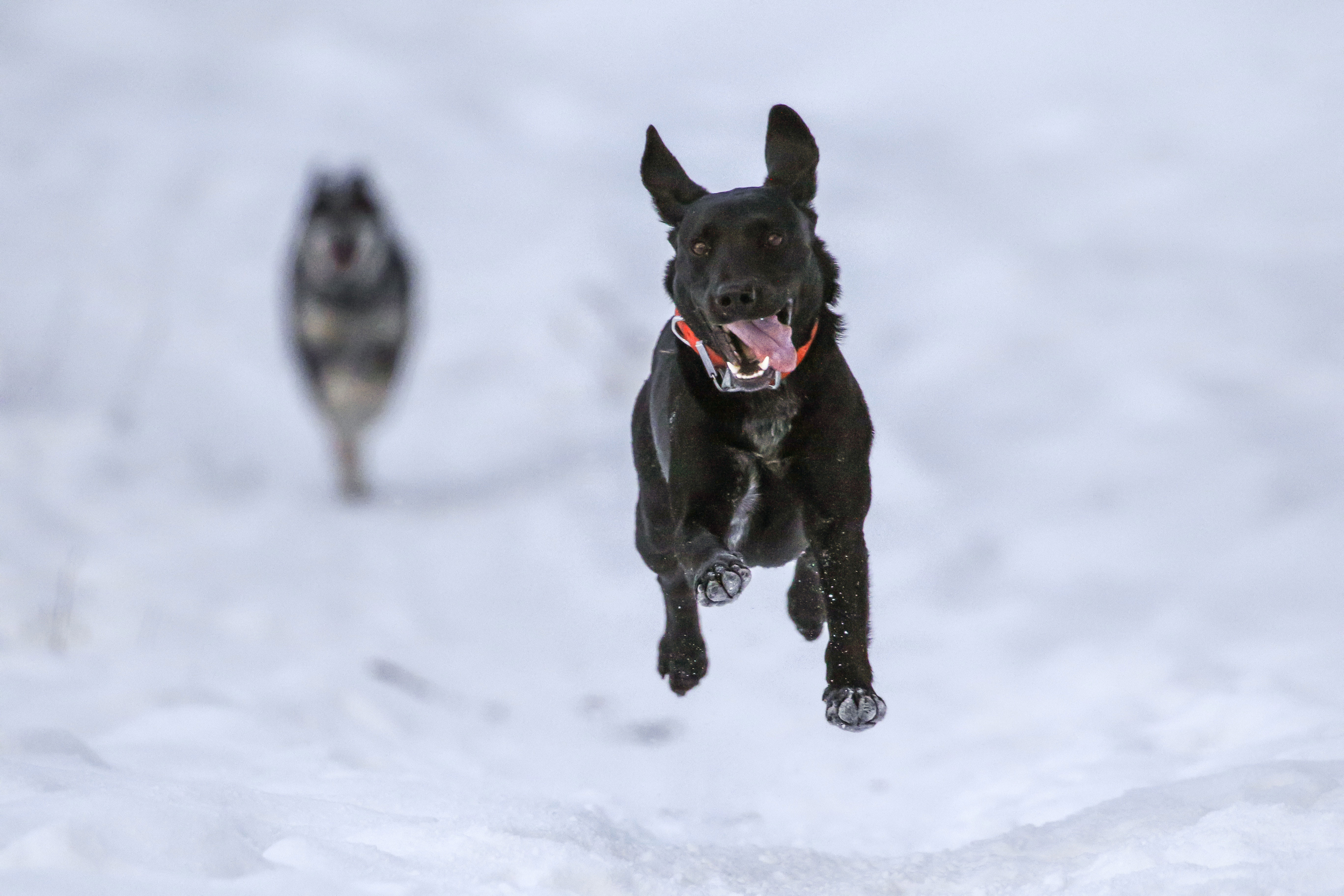
Pet Safety Tips for Colder Weather
The season of leaves changing color, shorter days, and warm soups and stews is upon us. As the weather changes from warm and sunshiney to cold and snowy, we must consider what changes our pets are experiencing and how we can help them adjust. The colder months mean less exercise, more food and craving warmth. As a dog owner, it is your responsibility to make the best decisions to keep your pet safe and warm this upcoming fall and winter.
Heat Barriers
It is our instinct to be drawn to warmth when it is blustery and getting colder outside—the same is true for our dogs as well. However, dogs don’t have the same understanding of heaters and fireplaces that we do. If your dog comes inside after a walk in the rain or snow, she will likely be looking to curl up next to a baseboard heater or next to the fireplace.
It is our job to protect our animals from potential burns and practice fireplace safety in this situation. Placing a grate in front of your fireplace will protect her from getting too close or any stray embers that may find themselves outside of the fireplace. If your home has baseboard heaters, there are small wire-type cages that you can place over them to protect your pet from singeing her hair after laying against them for too long. If you have been thinking about updating your heating system in your home, your pet would appreciate the installation of heated flooring. It is a safe option for pet owners.
Protect Their Feet
If you live in an area that is prone to extreme temperatures in the winter, you must take precautions to protect your dog’s pads on their paws, which can be susceptible to ice burn, frostbite, and splitting if walking in the cold for too long without protection. Ice clumps are prone to form on the fur between the pads, causing your pet discomfort.
One solution is to trim the hair between the toes as close to the skin as possible to avoid the ice building up. Wrapping the feet in vet wrap, smearing their paws with paw wax, or buying booties can also help to protect your dog’s feet during those cold times of the season.
Water Awareness
Water and ice in the colder months can be very dangerous to dogs of all ages and sizes. To keep your pet safe, it is best to avoid lakes and rivers that appear to be frozen over with ice. Unless you have personally checked the depth of the ice, it is not wise to allow your pet to walk upon any stretch of ice to prevent falling.
When your pet gets wet, it compromises her ability to keep warm. If you are going to take your dog out in wet weather, dress her in a neoprene vest to keep her core warm. It is wise to keep your dog moving if she gets wet. This helps to keep her body temperature up and avoid the potential of hypothermia.
Keep Moving
In the colder months we have the option to go to the gym and continue to get exercise while warming up indoors. Unfortunately, our pets are not so lucky. They still need to be walked regularly to ensure that they do not become overweight over the course of the winter. Obesity is a problem for pets too—it puts them at risk for a number of health problems and puts unnecessary strain on their joints.
Awareness of this issue is especially important for owners of older pets that may have a harder time losing the weight when the spring months come along. Pull on your thick socks and layer up to stay warm while you get your pet outdoors. If your dog loves to play in the snow, consider taking her out cross-country skiing or snowshoeing with you. Not only is it a great workout for your dog, but for you as well!
Feed Them Right
Just like humans, dogs naturally want to store fat to keep warm through the colder months. Consider changing what you are feeding your dog to something that has a higher fat content to satisfy her nutrition wants and needs. If you are changing her food type or brand, it is best to do so slowly.
You can do so by integrating the new food into her old diet gradually over the course of a week. The slow introduction gives your dog’s stomach the opportunity to adjust to the new food. If you are happy with what you are feeding your animal but want to give her more fat, mix in some salmon oil. Not only will it add fat to meals, but it can give your dog a nice, shinier coat.
Enjoy this fall and winter knowing that your pet is safe and warm when enjoying the outdoors. Taking a few extra precautions will ensure that you both are ready to hit the trails after the snow melts.










